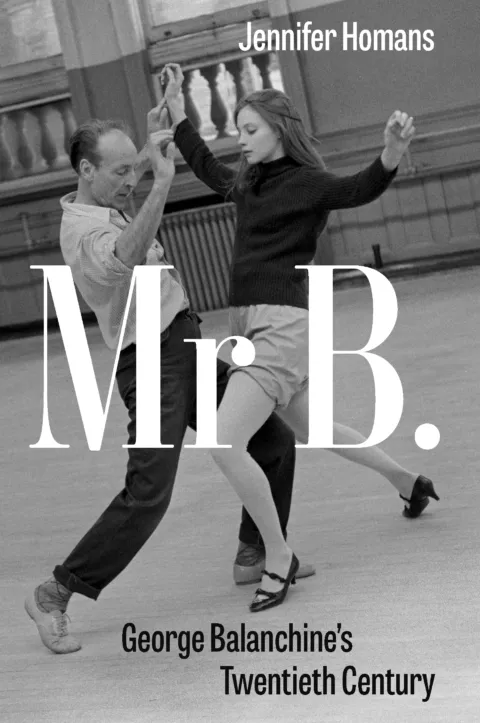
Shortlist
Mr B. George Balanchine's Twentieth Century
Jennifer Homans
A Life Sacred and Profane
Andrew Graham-Dixon
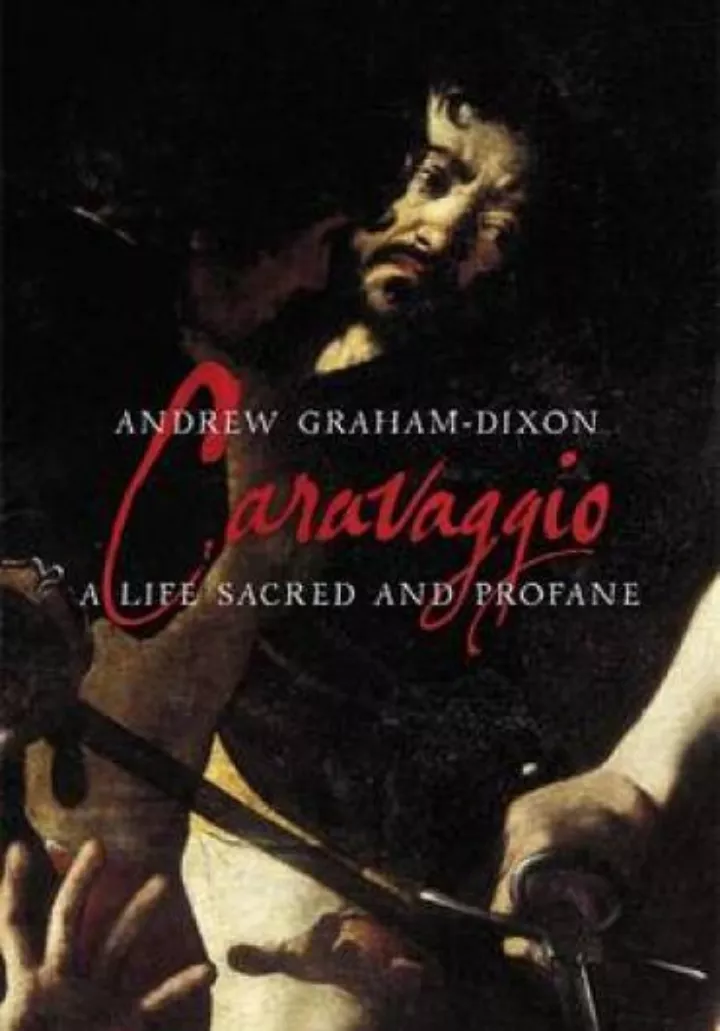
Michelangelo Merisi da Caravaggio lived the darkest and most dangerous life of any of the great painters. The worlds of Milan, Rome and Naples through which Caravaggio moved and which Andrew Graham-Dixon describes brilliantly in this book, are those of cardinals and whores, prayer and violence. On the streets surrounding the churches and palaces, brawls and swordfights were regular occurrences. In one such fight Caravaggio killed Ranuccio Tomassoni, a pimp, and fled to Naples and then Malta, home to the Knights of St John, where he escaped from prison following his conviction for another vicious assault. Shortly afterwards he died while returning to Rome to seek a papal pardon for his crimes. He was thirty-eight years old. In the course of this desperate life Caravaggio created the most dramatic paintings of his age, using ordinary men and women - often prostitutes and the very poor - to model for his depictions of classic religious scenes. Andrew Graham-Dixon's exceptionally illuminating readings of Caravaggio's pictures, which are the heart of the book, show very clearly how he created their drama, immediacy and humanity, and how completely he departed from the conventions of his time.
Andrew Graham-Dixon has published a weekly column on art for twenty five years, most recently in the Sunday Telegraph. He has written a number of acclaimed books, including A History of British Art and Renaissance, and is twice winner of the Hawthornden Prize, Britain’s top prize for writing about art. He is one of the leading figures in broadcasting in the UK, having presented seven major television series on art for the BBC, more than anybody else in the corporation’s history.

Shortlist
Jennifer Homans
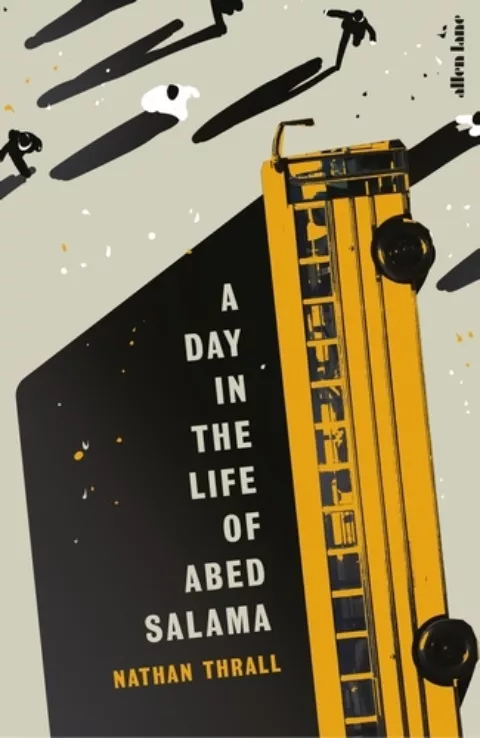
Longlist
Nathan Thrall
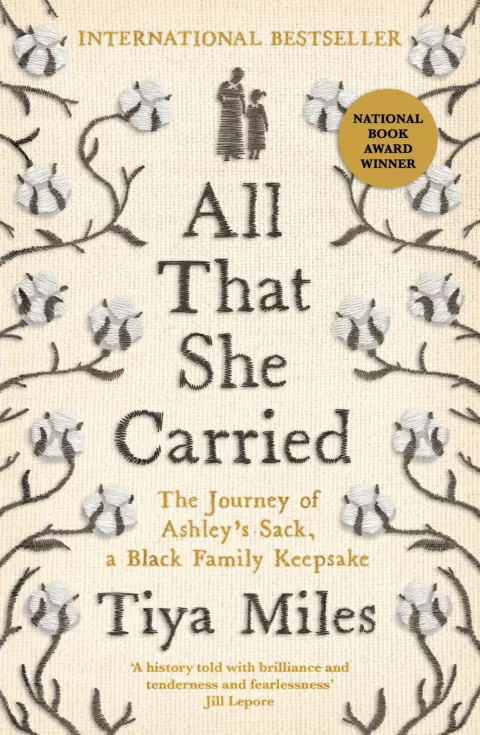
Longlist
Tiya Miles
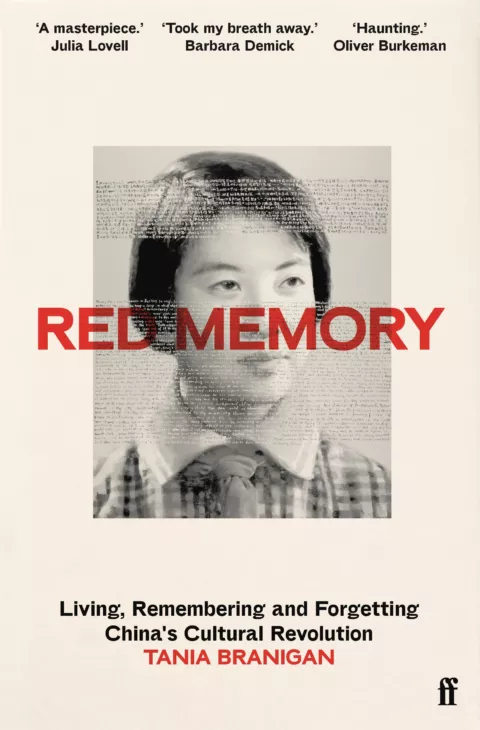
Shortlist
Tania Branigan